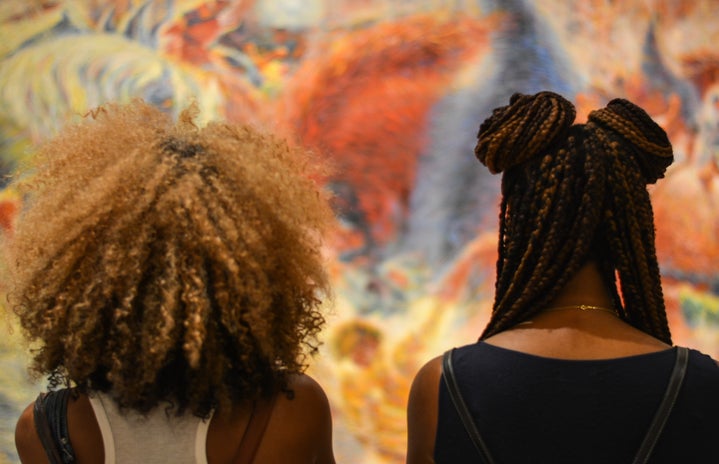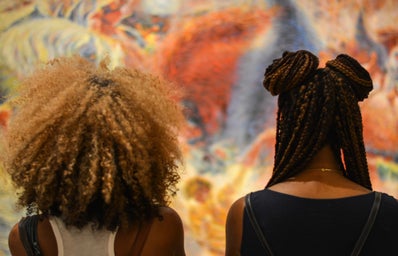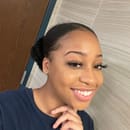Brownie glazed lips. Boxer braids. Slugging. To many people, these might be new names. To others, they are old techniques. That raises the question: why are there new names for things that have been around for years?
Cultural appropriation has been an issue for decades in the beauty industry. There are blurred lines between inspiration and imitation when it comes to new trends regarding makeup, hairstyles, and jewelry. This article will explain some of the many examples of cultural appropriation in beauty, including where they came from, how they became popularized in mainstream media, and what it means for the future of the beauty industry.
We’ve all seen the controversy over “brownie glaze lips” on TikTok. This name was made popular by Hailey Bieber, a successful white model and socialite, whose family has a long history in the entertainment industry. Hailey describes this technique as her go-to fall lip combo, which involves lining your lips with brown lipliner and using clear or nude lipgloss. Fascinating, right? Well, not really. Besides the fact that the technique itself is very simple, this method has been popular since the 90s, especially in Black and Latino communities. Originally, the bold lip liner was left unblended to make a sharp contrast to the lip color. Today, I see many women of color continuing this technique that their mothers and aunts did in the 90s. So, this trend isn’t actually new. This proves that if you meet society’s standards for beauty, anything can go viral, even if it wasn’t yours, to begin with.
Another popular beauty trend in white mainstream media is box braids. What was once known as a hairstyle for Black women has turned into a mockery of hair textures that it isn’t meant for. The most famous example of cultural appropriation with braids is when Kim Kardashian posted a picture on Instagram in 2016 wearing a middle part with cornrows. The media quickly dubbed this look “boxer braids” because it was similar to the hairstyles that female mixed martial arts fighters wore in the ring. A couple of years later in 2018, Kim faced backlash once again for labeling Fulani braids under another name, “Bo Derek braids” because of the actress’s hairstyle from the 1979 movie, ‘10’. This was another name given to something that was already popular, especially in the Black community. The origin of braids can be traced back centuries to ancient times in Africa. They indicated a person’s tribe, age, marital status, and power. Braids were also used during slavery as maps for escape plans. For wealthy, white women like Kim Kardashian, wearing braids is just another hairstyle and a way to get more publicity. For Black women, however, this narrative is entirely different because natural hair and braids can keep us out of jobs, make us a target for profiling and discrimination, and even limit our opportunities.
We can’t discuss cultural appropriation in the beauty industry without talking about makeup. In the past decade, many brands have faced backlash over the release of culturally insensitive products. For example, in the summer of 2016, MAC revealed their Vibe Tribe collection which displayed references to Native American tribes. At the same time, Essence released a Lights of the Orient collection whose packaging had striking similarities to Middle Eastern culture. Nearly all cultures have been appropriated in some way due to the white executives behind beauty brands fetishizing and minimizing different cultures to a fraction of what it actually represents. Tribal prints on a Black model do not equate to Africa, a continent with 54 different countries that has thousands of tribes, languages, and traditions. Naming a product after a Spanish word doesn’t pay tribute to the language or people who speak it, but rather disregard the fact that millions of Latin immigrants refuse to teach their kids Spanish in fear of discrimination. Not only do these products ignore the experiences of the people within these cultures, but also promote a stereotypical image for others to utilize.
It’s important to emphasize that people of color take up a small percentage of the $534 billion dollar beauty industry. Although diversity is increasing in this space, there should be action taken against white-owned brands that steal and exploit ideas that have been practiced for centuries. Culture is not a costume.


